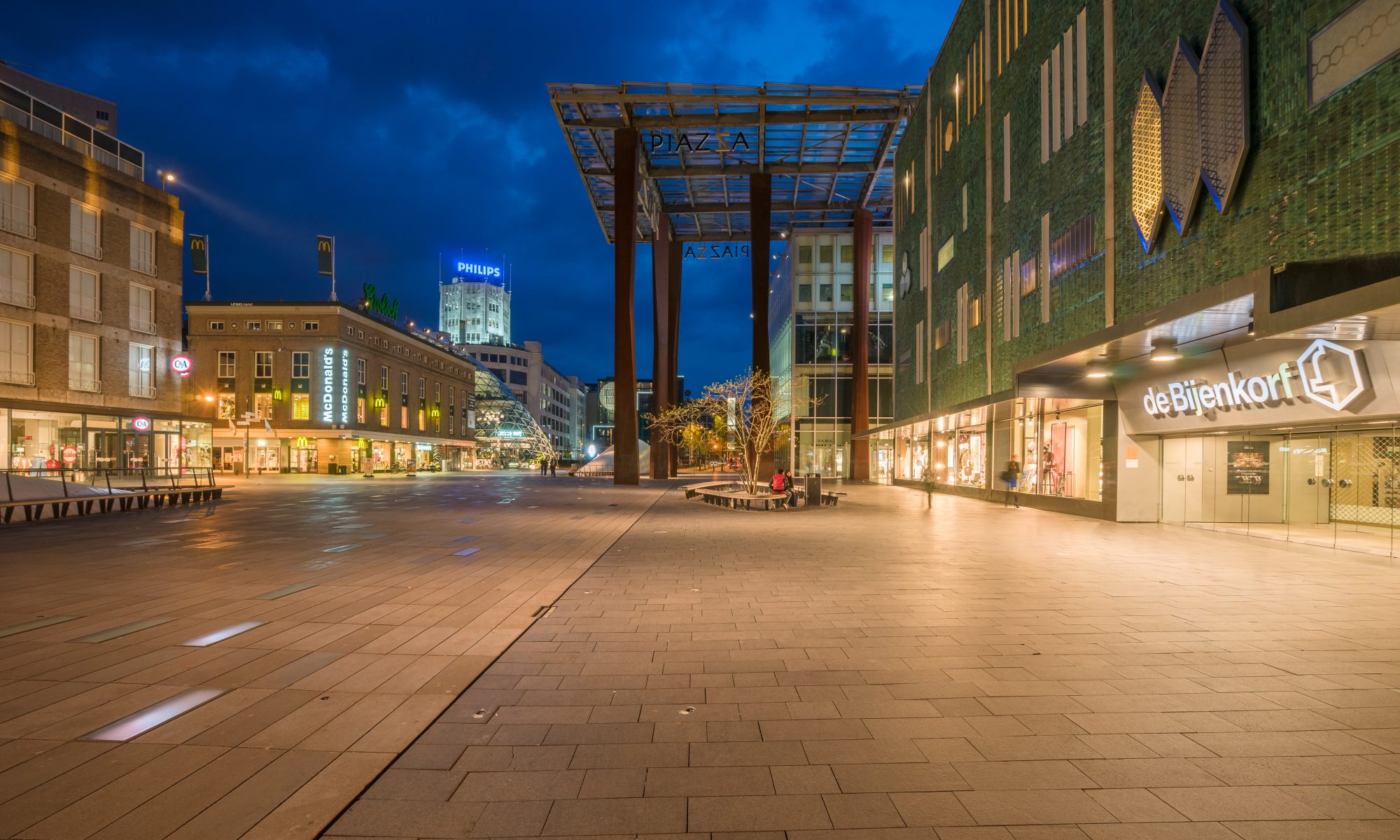This is the place where you can find all the information about my home-built radio. These pages will be extended in due time.

Introduction
In 1983 I started to build my own radio, a life-long dream of mine. In the course of the many years I’ve worked on it, it evolved into a receiver geared towards listening to the medium-wave and long-wave broadcast bands, which I’ve been interested in since I was a young kid.
Specification
- Frequency range: 0-2 MHz
- Frequency readout accuracy for VFO and BFO/CIO: 100 Hz
- Receiving modes: AM Sync, USB/LSB, CW
- Preselection by 2 MHz lowpass filter
- MF Filter bandwidths: 1.8 kHz and 4 kHz
- Double superheterodyne design with IF’s of 4 MHz and 455 kHz.
- Audio lowpass filter: 3 kHz, 60 dB/octave (10th order Butterworth), switchable
- Audio output 1 W over min. 15 ohm, headphone output
- 20 V power supply for accessories (e.g. active loop antenna)
- Power supply: mains 230 V or battery (24 V-500 mA and 12 V-40 mA)
Synchronization with an AM carrier is done with a PLL with two loop bandwidths, the wide one for capturing and the narrow one for maintaining sync during carrier fades and minimizing audio distortion. An auto sync mode switches automatically to wide loop bandwidth when there is no lock to a signal and switches to narrow as soon as lock is accomplished. There is also a free-running mode, allowing for reception of CW and SSB signals. Switching between USB and LSB is performed by choosing the appropriate CIO (carrier insertion oscillator) frequency and accompanying tuning change of the VFO.
Schematic diagrams
Here.
